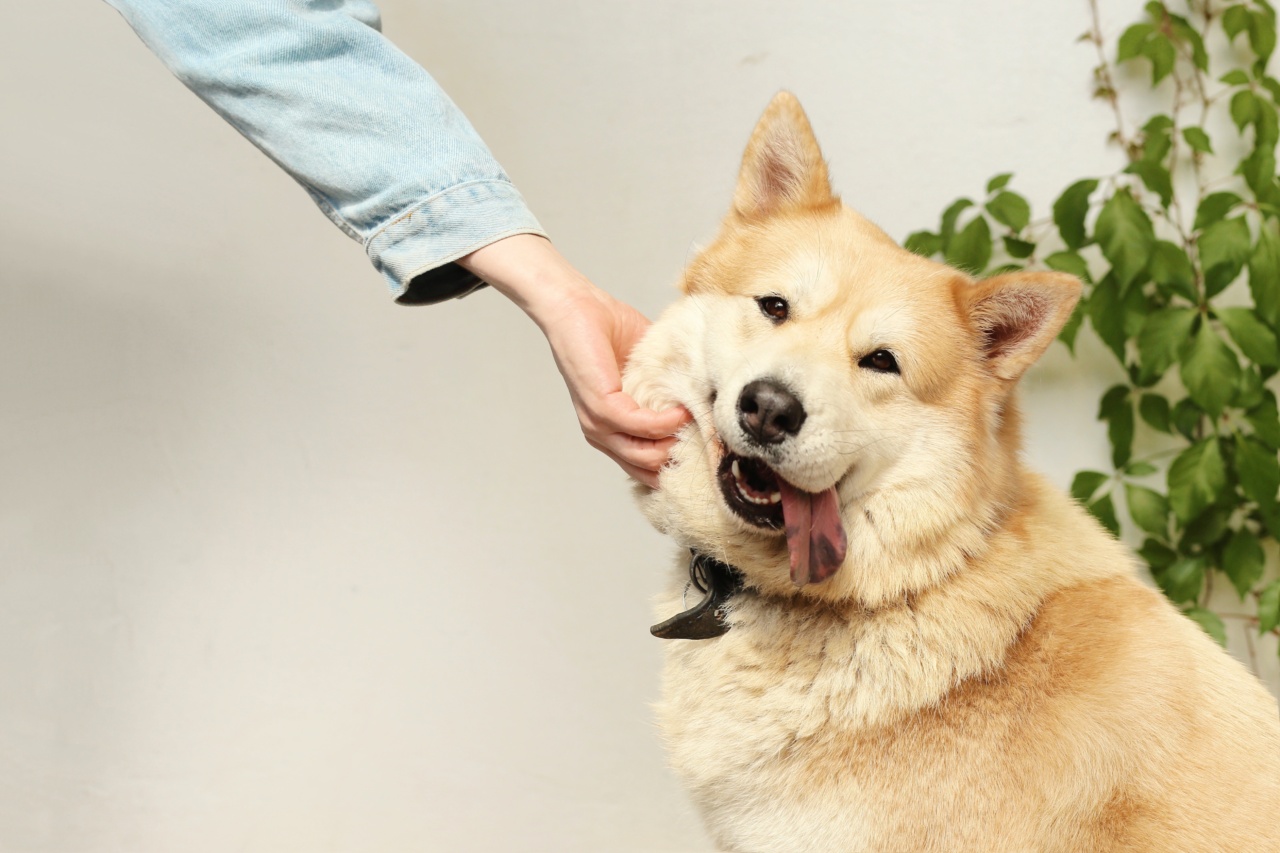Having a dog can bring immense joy and companionship into our lives. However, sometimes our furry friends can exhibit behaviors that leave us scratching our heads.
From digging up the garden to barking excessively, certain canine behaviors can be quite tricky to understand and deal with.
Is Your Dog Holding Mud?
One of the most peculiar behaviors that some dogs exhibit is “holding mud.” This phrase refers to the act of a dog standing perfectly still and not responding to any commands or stimuli, almost as if they are frozen.
Many dog owners become worried and perplexed when their beloved pet starts holding mud. It is important to understand that this behavior is not a sign of illness or physical discomfort but rather a psychological response.
Causes of Holding Mud
Several factors can contribute to your dog’s inclination to hold mud. Let’s explore some of the common causes:.
1. Fear or Anxiety
Dogs, like humans, can experience fear and anxiety. Certain triggers such as thunderstorms, fireworks, or unfamiliar environments can cause them to become overwhelmed. In response, they may freeze to cope with their fear.
2. Lack of Socialization
If a dog hasn’t been properly socialized during their early development stages, they may struggle to cope with new situations. This lack of exposure and socialization can make them more prone to holding mud as a means of self-preservation.
3. Stress or Trauma
Dogs that have experienced stress or trauma in their past may develop behaviors like holding mud as a coping mechanism. This can be triggered by previous abuse, neglect, or significant life changes, such as the loss of a loved one.
4. Overstimulation
Certain dogs are more sensitive to their surroundings and can easily become overwhelmed. When faced with excessive stimulation, such as crowds or loud noises, they may resort to holding mud as a way to protect themselves from sensory overload.
5. Lack of Training
In some cases, dogs may hold mud simply because they haven’t been properly trained to respond to commands. This can happen if they haven’t received consistent and positive reinforcement training from their owners.
Dealing with Holding Mud
Now that we understand some of the underlying causes of holding mud, let’s explore effective strategies for dealing with this behavior:.
1. Create a Safe Space
Provide your dog with a designated safe space where they can retreat when feeling overwhelmed. This can be a crate, a specific room, or a comfortable corner with their favorite toys and blankets.
2. Gradual Exposure
If your dog appears to be anxious or fearful in certain situations, work on desensitization by gradually exposing them to the triggers. Start with small, controlled exposures and reward their calm behavior to build positive associations.
3. Positive Reinforcement Training
Consistent and positive reinforcement training is crucial for teaching your dog appropriate behaviors. Use rewards and praise to reinforce desirable responses, as this will help them understand what is expected of them.
4. Seek Professional Help
If you are struggling to address your dog’s holding mud behavior, consider seeking assistance from a professional dog trainer or behaviorist. They can provide specialized guidance based on your dog’s unique needs.
5. Patience and Persistence
Changing a dog’s behavior takes time and patience. Remember to stay calm and persistent throughout the training process. Celebrate even small improvements and never resort to punishment, as it can worsen your dog’s anxiety or fear.
Conclusion
Although holding mud may seem like a puzzling behavior, understanding its causes and employing effective strategies can help your dog overcome this challenge. Remember, each dog is unique, and what works for one may not work for another.
With love, patience, and a positive approach, you can help your furry friend feel safe and secure.


























